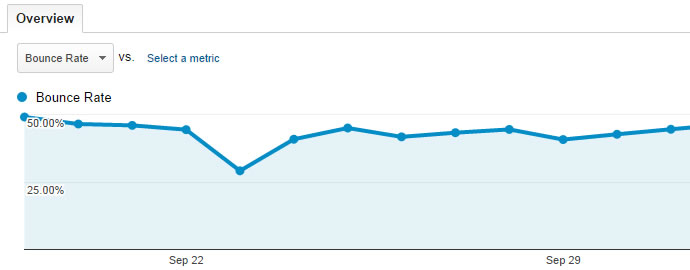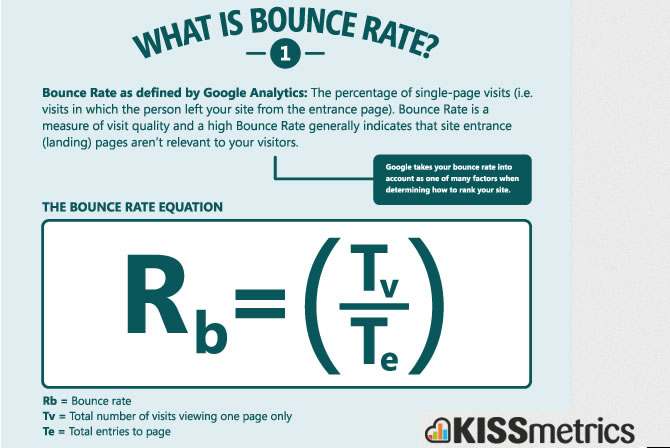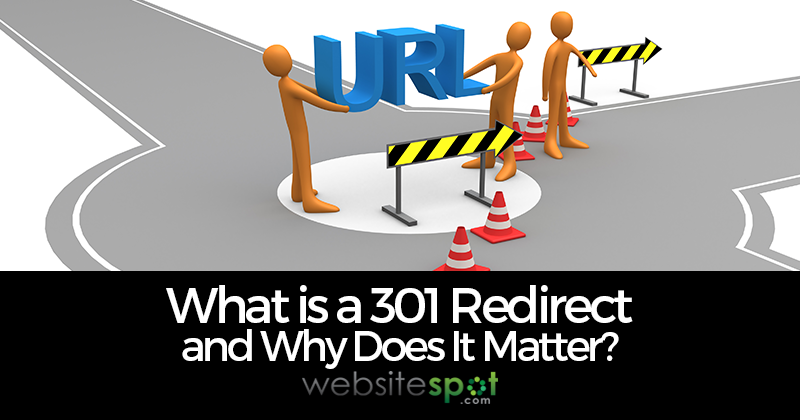What Bounce Rate Really Says About Your Site
- David
- October 27th, 2014
If you don't know what your site's bounce rate is, then you aren't paying attention to one of the most important metrics about your site. While many SEO experts put all of their time and effort into the rankings, bounce rate often gets overlooked. If you have a high bounce rate, then all of those organic visits aren't doing you much good. It's time to figure out what the problem is.

Just What Is Bounce Rate?
A bounce refers to any visitor who lands on your site and leaves without interacting. They don't click on any other pages, they don't buy a product, they don't fill out a contact form. In other words, they probably aren't interested in what you have to offer. Your site's bounce rate is calculated by dividing the number of bounces by the number of total sessions or visits. The higher the bounce rate, the worse your site is performing.
Bounce rate can vary a lot based on the type of site you have, so it's impossible to say what your site's ideal bounce rate should be. A blog will typically have a much higher bounce rate than an e-commerce site. KissMetrics.com has a thorough Infographic explaining bounce rates.

(Image courtesy of KissMetrics.com)
So What Does My Bounce Rate Mean?
There are several reasons why a bounce rate could be high. Those reasons include:
- A landing page doesn't meet the expectations of the user
- A page doesn't have a clear next step for a user to take
- The content is too long, too short, or too confusing
- The page doesn't load quickly enough for the user
- There are elements of the page that don't work well on the particular device or browser
In order to determine what your site's bounce rate means, you need to dig through the analytics to find out as much as you can. Are there particular pages that see a lot of bounces? What about particular device types? This information might tell you that a page needs better content, a clearer call to action. It could also convince you that you finally need a mobile optimized site. Whatever the case, it's time to start using your bounce rate to help make your site better.
We'd love to hear what you have to say about how you view bounce rates and any tips you may have for decreasing a website's bounce rate.



